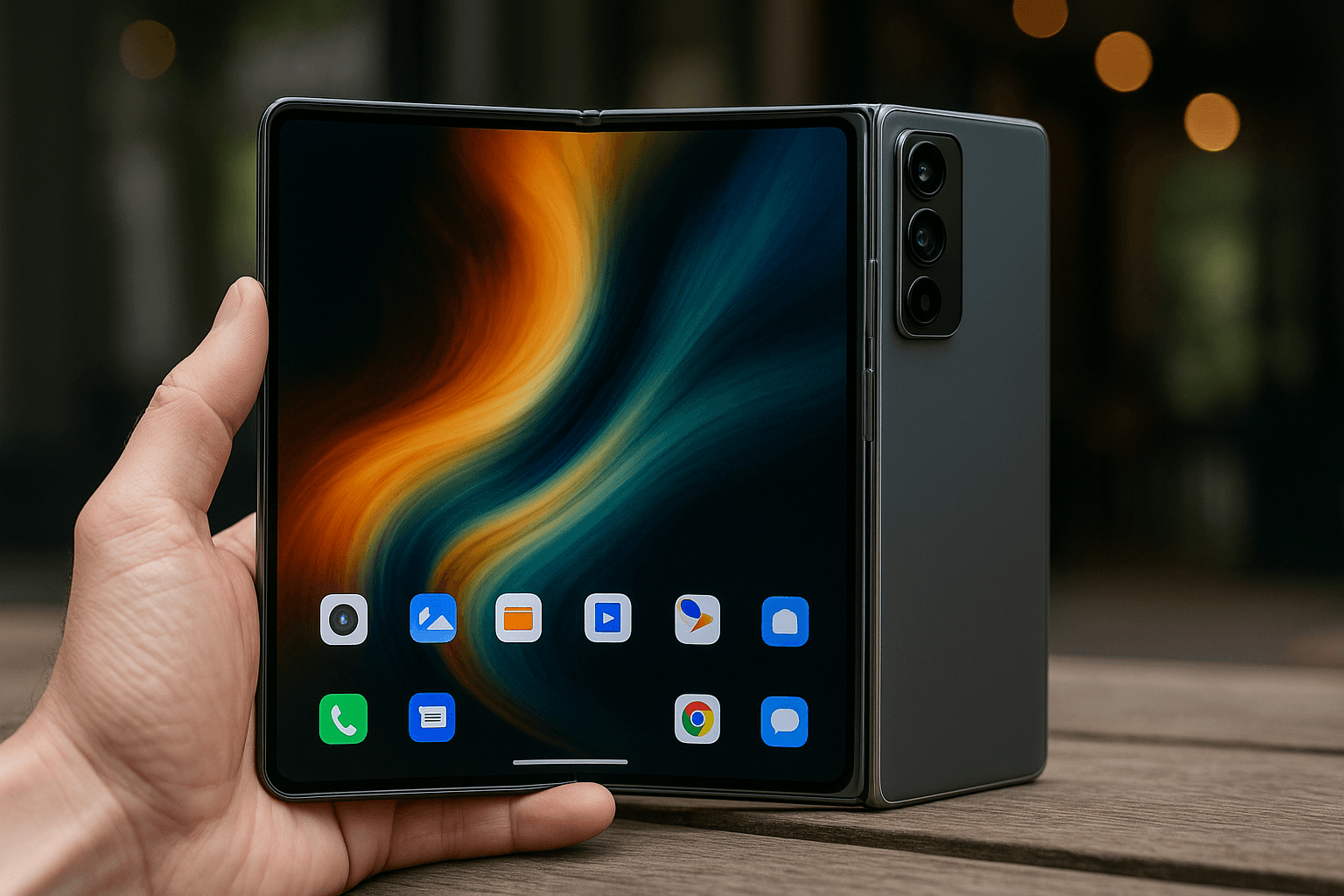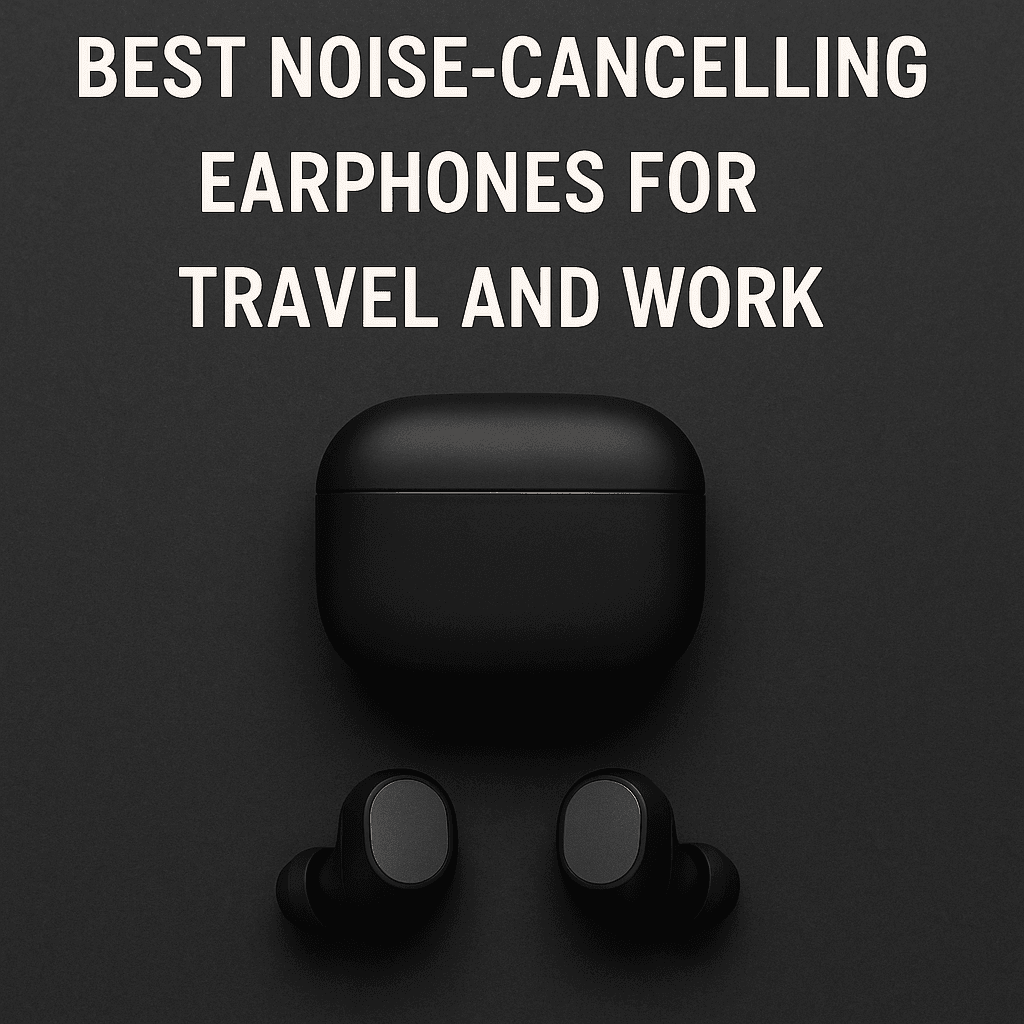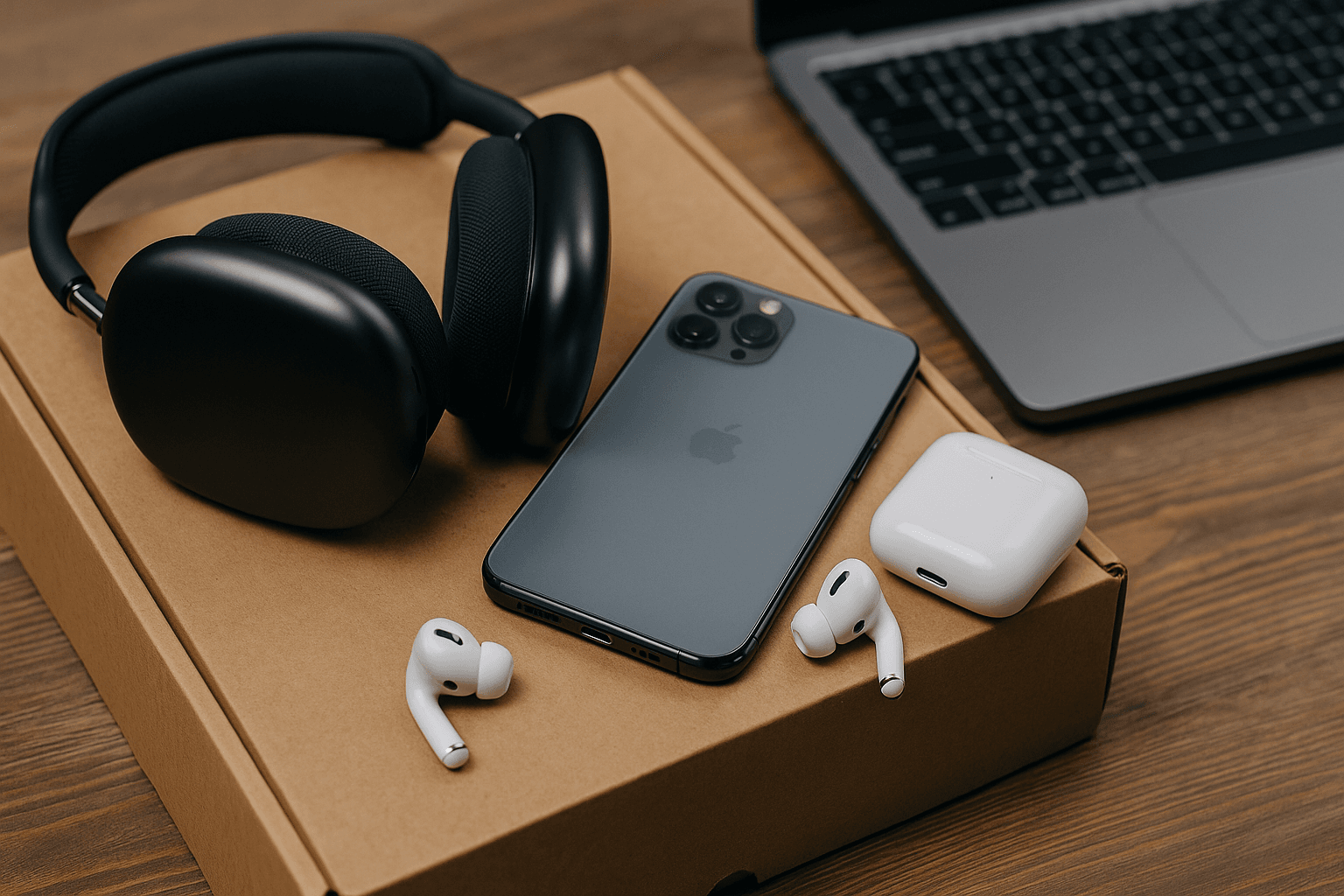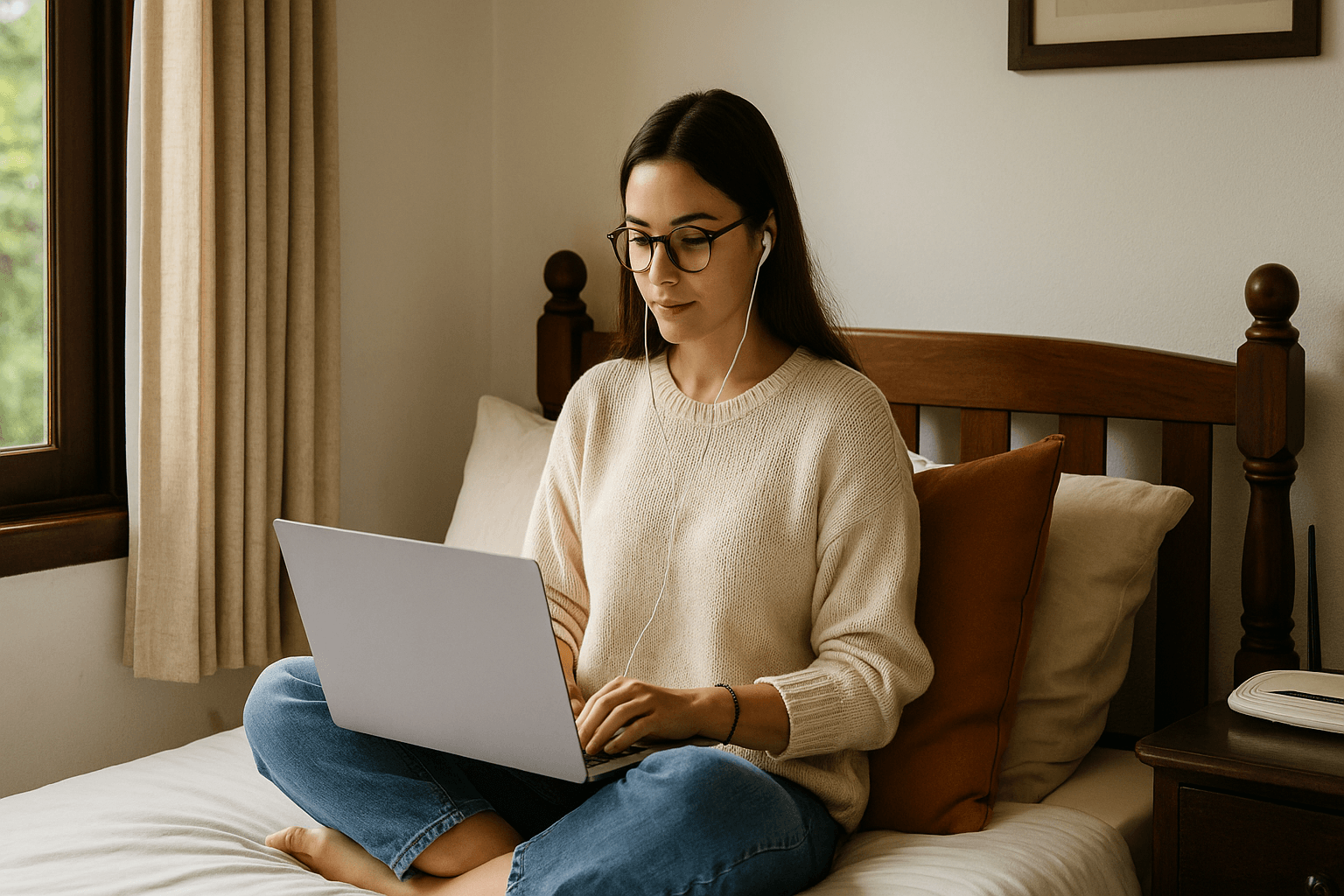Foldable Phones in 2025: Are They Worth It?


Foldables Are No Longer Just a Gimmick
Not long ago, foldable phones felt like futuristic prototypes — expensive, fragile, and far from mainstream. The hinges creaked, the screens wrinkled, and only early adopters dared to invest. But by 2025, the foldable category has finally matured.
Today, leading brands like Samsung, Google, OnePlus, Xiaomi, and Oppo have pushed foldables into flagship territory. These aren’t side experiments anymore. They're serious, everyday devices built to compete at the top level.
A Shape That Changes Everything
Imagine a phone that transforms into a tablet with a simple fold. That’s the power of foldables.
Devices like the Galaxy Z Fold give you a 7.6-inch screen that unfolds into a workspace for emails, spreadsheets, or full-screen video. Others, like the Pixel Fold and OnePlus Open, offer a seamless transition from compact to immersive — no second device needed.
This form factor is no longer a novelty. It’s redefining how people interact with technology — reading, writing, watching, calling, and creating all feel more natural when your screen adapts to your needs.
The Multitasking Experience is a Game-Changer
Let’s face it — we all juggle too many apps at once. Foldable phones solve that.
You can watch a video while taking notes, reply to chats during meetings, or run three apps side by side. Some models even allow sketching, signing documents, or marking up images on the fly using stylus support.
For content creators, remote workers, and digital nomads, this isn’t just a perk — it’s a serious productivity boost.
Built to Withstand Real Life
Early foldables were delicate. That’s no longer the case.
Modern foldables are designed to endure daily wear and tear. Samsung’s latest hinge has passed over 200,000 folds in testing. Many devices now come with aluminum frames, Gorilla Glass protection, water resistance, and improved dust shielding. Even the outer displays are fully usable without unfolding the device.
These phones don’t feel flimsy anymore — they feel premium.
Gorgeous Displays That Pull Double Duty
Both the internal foldable screens and the outer cover displays now match or exceed traditional phones in quality.
Expect vibrant AMOLED panels with adaptive 120Hz refresh rates, high brightness for sunlight visibility, and HDR support for rich content contrast. Larger foldables also support stylus input, which turns them into productivity powerhouses.
While screen creases haven’t disappeared entirely, they’re far less noticeable and rarely get in the way of use.
Still Some Trade-offs
Despite huge strides in design and usability, foldables aren’t perfect.
They remain bulkier and heavier than regular phones, especially when folded. Battery life is decent — often getting you through a day — but intensive use will drain it quickly. Pricing is still high, with most models starting at ₹1,00,000 or $1,500 and going up from there.
App support, while improved, can still be hit or miss. Some apps don’t scale well when the screen folds or unfolds, occasionally forcing reloads or awkward layouts.
Software Has Grown Smarter
Foldables today run smoother thanks to major updates in Android and brand-specific UI enhancements like Samsung’s One UI, Pixel Fold UI, and OnePlus’ OxygenOS Fold.
Split-screen usage is fluid. Taskbars, floating windows, and custom gestures create a laptop-like experience on the go. Some foldables even offer Flex Mode — letting you prop the phone open like a mini laptop for media, meetings, or hands-free camera shots.
It’s polished, intuitive, and finally usable as a daily driver — even if it’s not completely flawless yet.
Who Should Actually Buy a Foldable in 2025?
Foldables aren’t made for everyone — and that’s okay. They’re best suited for people who do more than just scroll.
They’re ideal for professionals who move between meetings, emails, and tasks. Great for creators who want more space to sketch, edit, or preview content. A dream for binge-watchers and readers who want tablet-like immersion without the bulk.
For travelers, foldables offer both portability and utility. And for tech lovers, they’re a playground of innovation.
But if you mostly use your phone for basic calls, texts, and light apps, a slab phone might still be a better fit.
Charging and Battery: Nearly There
Battery capacities range between 4400mAh and 5000mAh — enough for a day’s use under normal conditions.
OnePlus and Xiaomi offer blazing-fast charging up to 100W, while Samsung lags behind with 25W. Wireless and reverse charging are standard on most premium foldables now.
These phones charge fast but don’t expect multi-day endurance. They’re sprinters, not marathoners.
The Price of Progress
Yes, foldables are expensive — but they now justify their cost.
You’re getting flagship-grade processors like the Snapdragon 8 Gen 3, high-end cameras, massive storage options (up to 1TB), and advanced displays. In earlier years, you paid more and got less. That’s no longer the case.
If your phone is your workspace, entertainment center, camera, and creative tool — a foldable can be well worth the investment.
But it’s still smart to ask yourself: do you need innovation, or just want it?
Final Verdict: Is It Time to Fold?
In 2025, foldables have earned their place at the top.
They’re no longer a risky bet. They’re forward-thinking, feature-packed, and built to keep up with modern lifestyles. For users who demand more out of their phones, foldables offer more screen, more power, and more possibilities.
That said, they’re still not for everyone. If you’re happy with your current phone doing the basics, you won’t miss the fold.
But if you’re looking for a device that adapts to you — one that multitasks, entertains, and evolves with your needs — a foldable phone might just be your next favorite upgrade.
Once you fold, going back feels surprisingly... flat.
Related Articles

Best Noise-Cancelling Earphones for Travel and Wor...

Shopping 101: How to Get the Best Electronics Deal...

